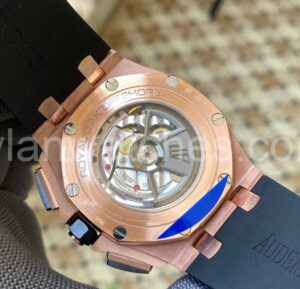Flat bed screen prinitng machines- An overview

Flat bed screen prinitng machines- An overview by fabriclore
Let’s start by defining flat bed screen printing and how it’s used in practice. Flat bed screen printing is a printing process in which ink is transferred onto a substrate through a mesh. Also, it is repelled from certain areas of the substrate by a blocking stencil.
The textile industry, the toy industry, etc., all make substantial use of the flat bed screen printing method. To reap the benefits of flatbed screen printing, you’ll need flatbed screen printing equipment. Businesses that need to mass-produce high-quality printed goods should invest in flatbed screen printing equipment.
This guide will teach you all you need to know about flat bed screen-printing presses. Including how they work, the many varieties available, and why you should consider investing in an automated one.
Let’s go right in; there’s no time to waste.
What a flatbed screen printer is?
Some of the most common pieces of screen-printing equipment are flatbed models. Ink is deposited using flatbed screen printing presses onto a flat substrate surface as opposed to a cylinder (such as is the case for cylindrical screen-printing machines). When the component to be printed is placed on the flatbed screen-printing machine, the ink is pushed through the print with the help of a squeegee.
During the Song Dynasty in China, artists used a technique called flat bed screen-printing to create works that were thousands of years old (960-1279 AD). Flat bed screen-printing machines, however, have brought this ancient practice into the modern day because of their use of automated design and programming capabilities.
How Many Distinct Varieties of Flat Bed Screen Printers Are There?
Some flat bed screen printers are fully automated, while others are just partially so (more on this later). There are, however, some key differences. Motors in electric flat-screen-printers move the frame up and down and drive the print head squeegees left and right.
Some alternative flat-screen printers use air pressure rather than electricity. Electronic flat-screen-printing machines can handle larger component sizes and higher workloads, however, these devices are best suited for smaller print runs.
For higher output and quicker processing, there are flat-screen-printing machines with rotating index worktables. Compared to standard machines, the output of fully automated rotary indexed machines may reach 45 units per minute thanks to the equipment’s continuously rotating index table.
The Difference Between Fully- and Partially-Automatic Flat-Bed Screen Printers
While there are flatbed screen-printing machines that may be operated manually. Most commercial operations use at least a semi-automatic system to satisfy the demands of mass production.
However, semi-automatic flatbed screen-printing presses need frequent visits from workers to feed in new pieces. Align the printing press and squeegee, and remove the finished products. This may be tedious work for larger quantities, and it also increases the likelihood that identical goods will have slightly different print alignments owing to human error.
For massive quantities of screen-printing, nothing beats the efficiency of an automatic flat-screen printing machine. With a flatbed screen-printing press, you can print a lot more products in a short amount of time. Production rates for automatic flat-screen-printing machines range from 3000 to 5000 pieces per day (about 45 pieces per minute).
Moreover, with the use of precise printing heads, uniformity of output is ensured. Because of the printing errors, there is no need to throw away the merchandise. The decreased requirement for human labor and the simpler, more mechanical nature of automatic machinery. Both contribute to lower operating costs after the system is set up (they only require setup and changeovers in between runs).
Epilogue
Last but not least, many businesses really need the time savings that automated flat-screen-printing equipment delivers throughout the flat bed-screen-printing process. The output of a semi-automatic machine might be equal to that of a fully-automatic machine in only a few hours.
If you want to have screen-printed fabrics, then Fabriclore is here for you. Here you can get certified fabrics in Middle East with an easy customization solution.

